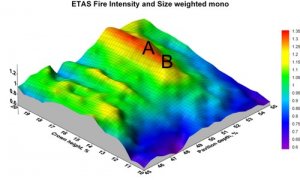- Joined
- May 1, 2008
- Messages
- 3,563
Serg,Date: 10/30/2009 12:48:42 AM
Author: Serg
Date: 10/29/2009 6:22:05 PM
Author: Paul-Antwerp
Very good explanation, Sergey, if the eyes were the source of light. However, they happen to be at the other end of the equation.
Mr. Paul Slegers,
I advice you improve your background in cut optics and in optics . in connection with your comments seems You need learn a lot to start discussion with me.
Before you improve your background and attitude I do not see any real possibility for me to teach you and change your mind
Be happy
With sincere respect for you both, can you and Paul please keep the personal feud under the radar here?







300x240.png)